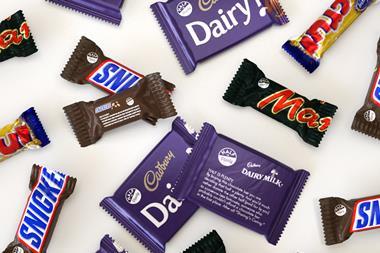
Manifestos are important in the run-up to a general election because they represent meaningful commitments from the parties. Failing to deliver a manifesto promise can spell big political trouble down the line, so manifestos are seriously thought through. They tell us a lot about what a prospective government will do and, by omission, what they will not do.
In our industry, too, there are benefits in developing a consumer manifesto. That means capturing the few most important things that your organisation will do to better serve consumers. It’s about setting a direction, focusing your people on the right things, and demonstrating a commitment to change.
So how do you go about building a consumer manifesto that makes a difference?
First, pool your organisation’s consumer knowledge. You will probably not need to do new market research. Instead, revisit and harness existing research and data. Talk to your consumer-facing people, such as call centre colleagues or store managers.
Ask longer-serving colleagues what they have seen work and fail with consumers, and why. Consult newer colleagues for their fresh eyes and what they’ve learnt in previous roles. Then sit back, take a breath, and distil from all this the few most important areas of opportunity – where things can be done better.
Second, agree what specifically you will choose to do for consumers. So if you’re a cheese brand, don’t say “drive penetration” or “increase frequency”. That doesn’t tell anyone what to do. Instead, say things that set a direction for action. For example, “get cheese into more breakfasts in the UK”. Or “improve layout and signage in store, to prompt an extra purchase”.
Consult people from across functions to establish realistic but stretching commitments. Make sure your leadership team owns this process, because only they can make it happen. Don’t try and finalise the list of commitments in one session. Instead, allow time for iteration and reflection, to get to a quality list.
Third, bring the commitments to life. Keep the words simple. Don’t say “a cheesy start to the day”, just say “win in breakfast”. Use memorable images to help those who remember visually. Add numbers for your accountants – “cheese from 3% to 6% of UK breakfasts by 2030”.
Fourth, make the manifesto a mantra. Say it again and again. Day in, day out. The bigger your organisation, the more important this is. Nothing helps colleague plan and deliver more than a consistent statement of the overall direction.
A consumer manifesto is important. It can get your team marching together with positivity. It is a great way to keep everyone’s eyes on the prize, as they navigate the ups and downs of daily working life.



















No comments yet